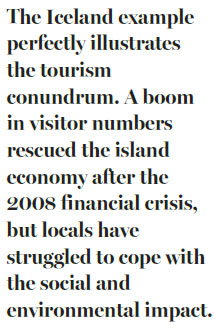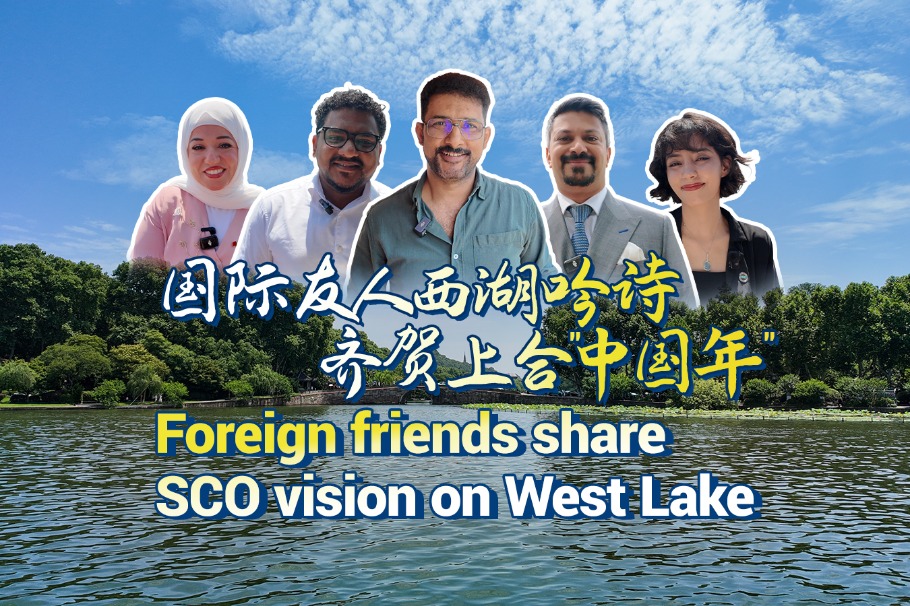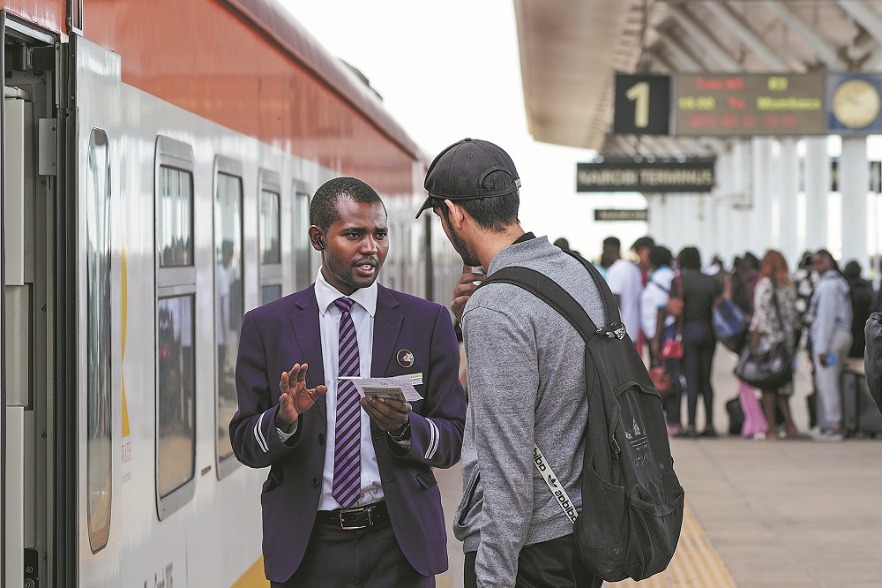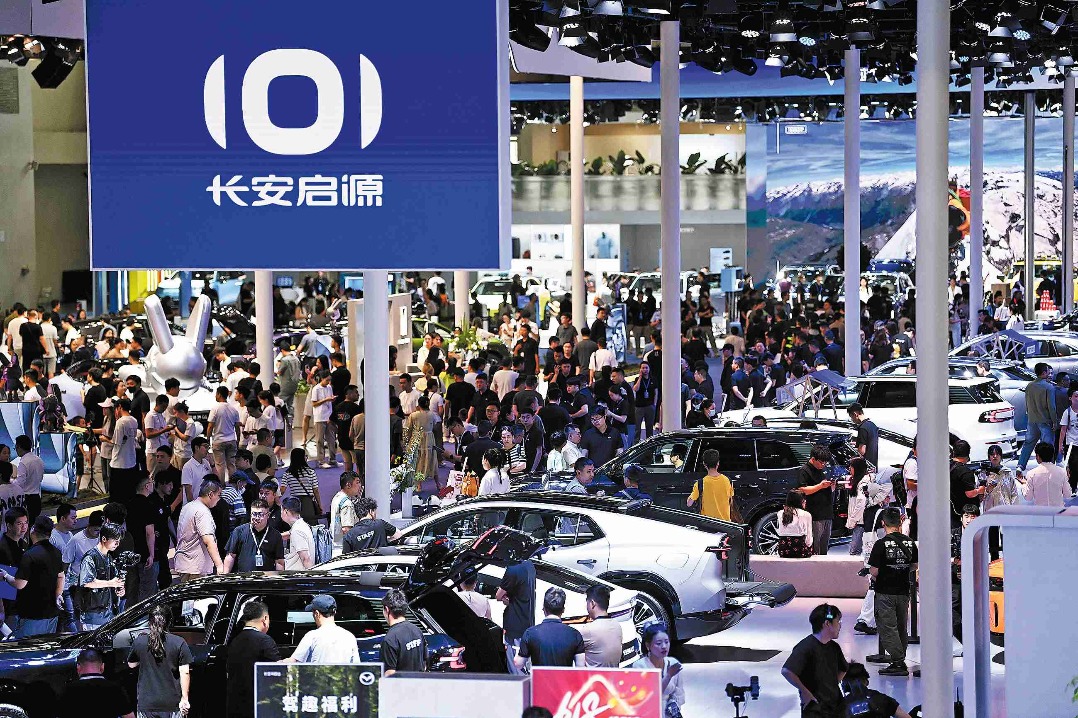Tackling the headaches of mass tourism

Approach by China's Mogao Caves can point the way for European destinations which are now being swamped by visitors
Residents of the English university city of Cambridge recently echoed the sentiments of Venice, Reykjavik and other much-visited European destinations by complaining they were fed up with tourists.
Reacting to the city authority's plan to raise even more than the current £764 million ($985 million; 834 million euros) from 5 million visitors a year, one irate local suggested walling off the city center and setting up turnstiles to charge visitors entry.
In an era of ever-growing mass tourism, there is an ever-growing backlash from communities that feel they are being swamped by a tidal wave of trippers.

At the height of the summer season in July, about 2,000 Venetians staged a march to protest that tourism had eroded their quality of life, damaged the environment and driven away long-term residents.
There have been similar demonstrations in Iceland - population 335,000 - that have focused on the bad behavior of some of the visitors, whose overall numbers have more than doubled since 2010 to almost 5 million. Travel website The Culture Trip this month listed the Icelandic capital of Reykjavik among 11 European destinations best avoided if visitors did not want to face the ire of angry locals who were sick of seeing them.
The commentary said that in Iceland and elsewhere, local residents were voicing their anger at rising housing costs, overcrowded streets and a sense that the tourist boom benefits some more than others.
The Iceland example perfectly illustrates the tourism conundrum. A boom in visitor numbers rescued the island economy after the 2008 financial crisis, but locals have struggled to cope with the social and environmental impact.
In some places, complaints have focused not just on visitor numbers but also on a minority who abuse the hospitality of the host destinations through drunken and inappropriate behavior.
On one level, the anti-tourist gripes can be dismissed as the minority view of people who want to have their cake and eat it - many benefit from the tourism economy in parts of Europe that are otherwise unproductive but they do not want the headaches that mass tourism brings with it.

That said, there is clearly a problem. Mass tourism can contribute to destroying the very experience that visitors go in search of. A generation ago, the medieval courtyards of Cambridge's prestigious colleges were open to all. For most of the time, they are now closed to the general public.
I remember being virtually alone when I first visited the Acropolis in Athens in 1962. These days it is as crowded as London's Oxford Street on the Saturday before Christmas.
There is a certain snobbery, of course, in wishing for a return to the old days. Why should lifetime experiences be confined to a minority when everyone is entitled to travel where they like and more people can afford it in an era of mass tourism?
But tourism can be exploitative. Cruise liner companies boost their profits by hauling passengers off to whatever must-see site is within range of every port of call. The trippers spend little money ashore, usually eat on board and often have only a cursory idea of what it is they are being taken to visit.
The problem is not confined to Europe. Authorities in China's Gansu province recently adopted new technology to address the phenomenon of mass tourism potentially threatening the Mogao Caves, which house the world's largest collection of Buddhist art.
Before visitors start their tour of the real caves, they are taken to a visitor center, where 3-D digital technology is used to show them the frescoes and sculptures. This preparation means visitors can gain knowledge while spending less time in the fragile caves.
It is an interesting strategy. It will not be applicable to the challenges of every destination drowning in a sea of tourists. But it's a start.
The author is a senior editorial consultant for China Daily. Contact the writer at [email protected].
(China Daily European Weekly 08/25/2017 page11)






























